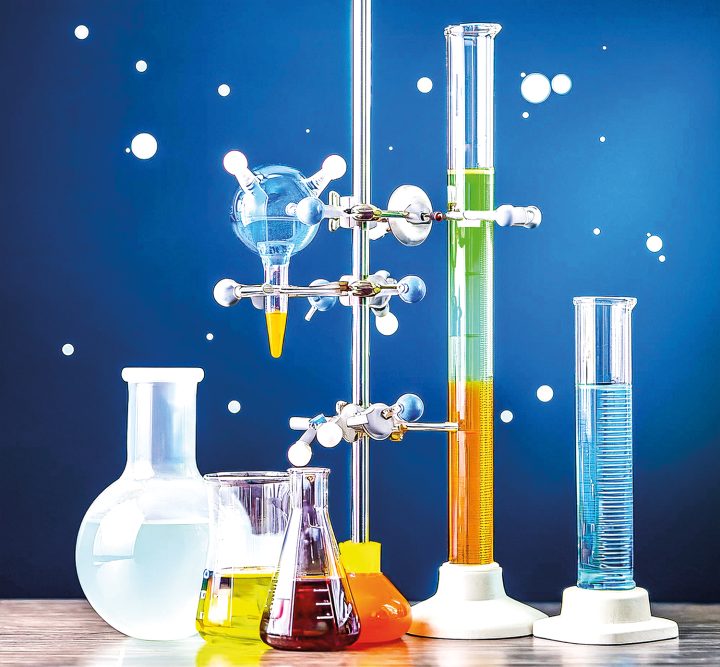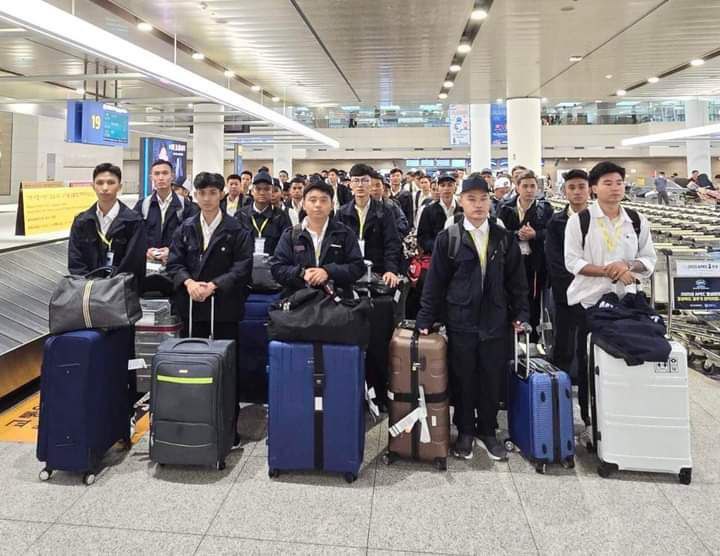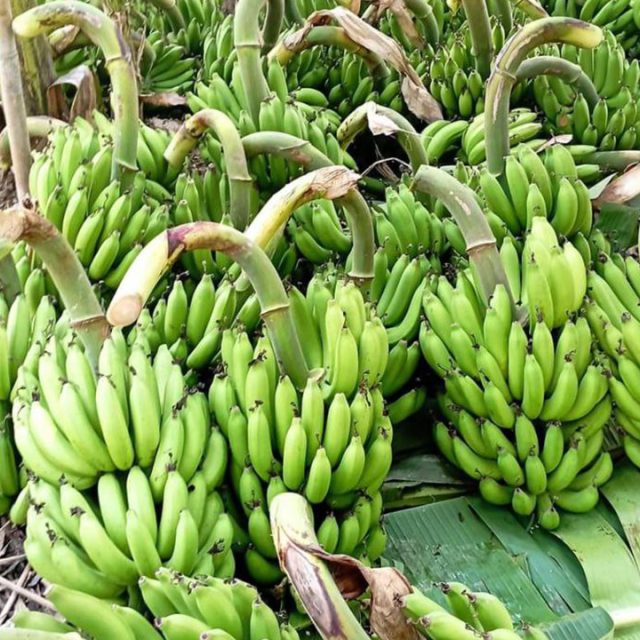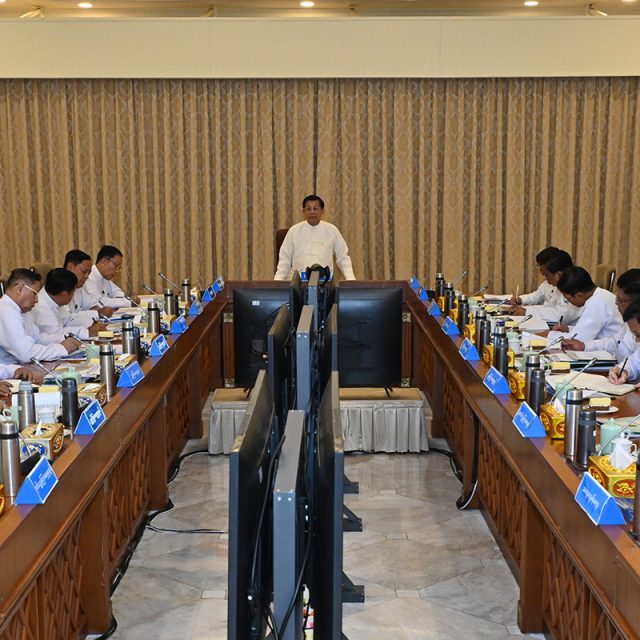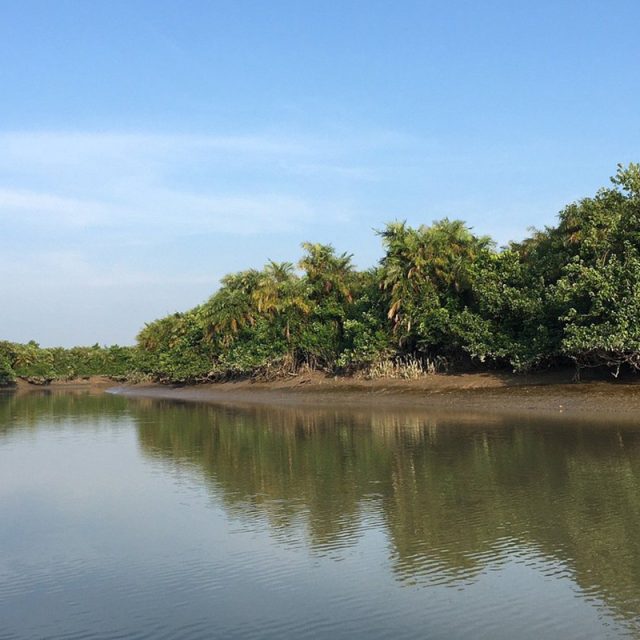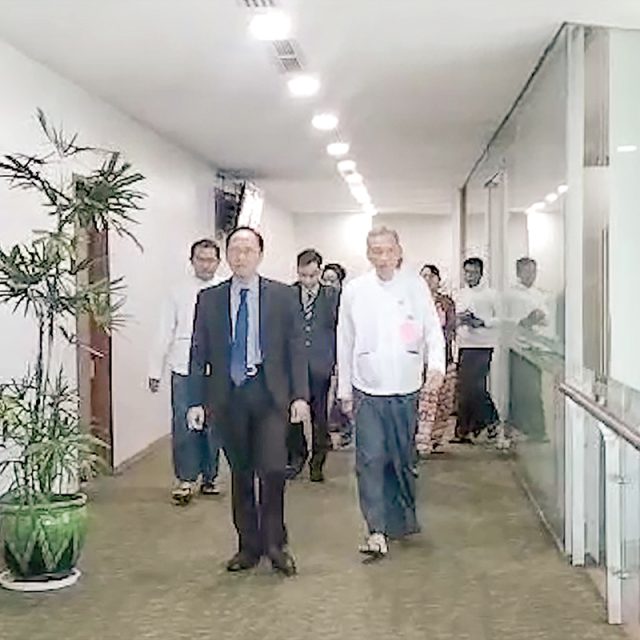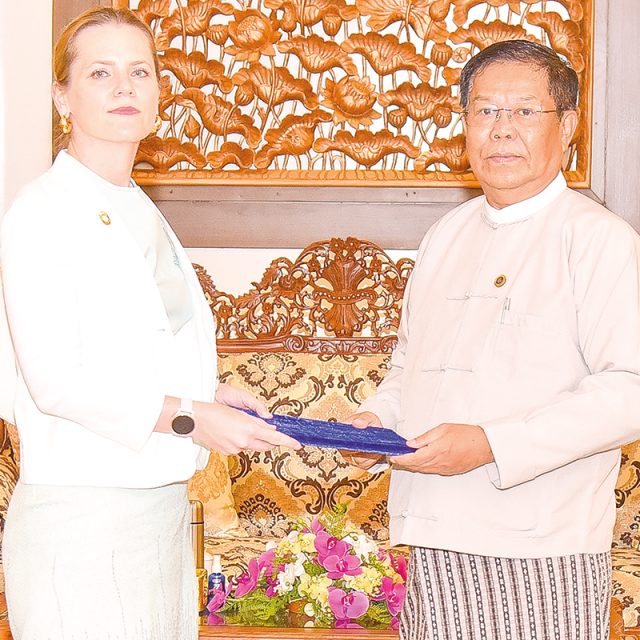Science and the modern technology world often go hand in hand. The developed and developing technologies are founded on science, as we all know. Thus, in what way can science be separated from this world? The nature of science is accurate, critical, and logical, and it is not far away from practices with valid and reliable research. In this technological age, science plays a must role in further advances.
Like science itself, the teaching of science takes an essential place in 21st-century education, especially teaching science with practicals. Science and practicals often go together. Teaching science must rely upon practicals. Without any practical science teaching, such teaching would look like telling a tall story, especially about chemistry. Without theory, practice is blind. Also, without practice, a theory is blind. This means that teaching science without any practicality is blind walking. Scientists not coming from countries where science instruction is mainly based not on practicals but on exams is no strange. Of course, the teaching of science must be able to give birth to great scientists in the future. Seeing is believing, as the saying goes.
Among the subjects that I have ever studied, chemistry involves the most scientific facts. Honest to say I have no interest in chemistry, but this subject is absolutely interesting. Oxygen gas (O2) does not burn itself, but it supports combustion. Hydrogen gas (H2) burns itself and supports combustion. However, these oxygen and hydrogen gases chemically combine with each other to form water (H2O), which extinguishes fire, strange as it may seem. The combination of two oxygen atoms produces one oxygen molecule, i.e. oxygen gas, whereas that of three oxygen atoms makes ozone gas (O3). Despite this, the chemical properties of oxygen and ozone are not quite the same. Since the above-mentioned facts themselves are of interest, they can only be easily taught orally. Nonetheless, the preparation of oxygen gas should be practically conducted in the laboratory. Even though there may be chemical explosives while performing the laboratory experiment, curious students will be able to learn the nature of chemistry from mistakes. Relatively speaking, chemistry teaching with no practicals is fairly silly.
Like chemistry, physics calls for a certain number of practicals. However, physics practicals may be carried out not only in the laboratory but also in the classroom. This is because students seem to have been familiar with the theory of physics in down-to-earth situations, such as inertia, a natural tendency of matter by which it stays still when it stops or remains in motion when it continues moving until an external force acts on it. An excellent example of inertia is people riding in the car. This theme can be discussed by word of mouth. Also, Hooke’s Law is really quite simple. This law states that as long as the elastic limit of a body is not exceeded, the strain produced is directly proportional to the stress causing it. In brief, the ratio of stress to strain is constant. This law may be applied only in the classroom by stretching the rubber band or showing the use of springs in the shock absorber in a motorcycle. Nevertheless, the experiment of resonance has to be done in the laboratory in order to know at what length the resonant sound begins to be heard. So are longitudinal waves and transverse waves. In fact, scientific concepts of note in physics are inexhaustible, particularly if they are seen in connection with the real world.
Most students are already acquainted with the common knowledge of biology, whether consciously or unconsciously. In spite of this, the habitats of plants and animals differ from region to region. Hence, the biology content prescribed in the curriculum is probably new to students. In such a context, biology teachers should have grown some species of living plants like pitcher plant (yey-ta-gaung) or Venus flytrap and dipped some specimens of dead animals like frogs or squid into ethanol in advance. Unless such real things can be used to hand, teaching aids like projectors, models, drawings, charts, and books on biology should be arranged ahead instead of those things. On the other hand, unlike chemistry and physics, biology practicals should not always be expected to do well in the laboratory only; sometimes, teachers and students need to go on a biology field trip to the study site. Many tests, like an osmosis test, are able to be done in the laboratory. Still, before taxonomy lessons are given, different varieties of leaves and flowers must be discovered and collected like the devil. In biological studies, both teachers and students should use lenses and light microscopes very well.
Only when science subjects are learnt with the help of practicals will they become more meaningful and marvellous. In scientific studies, theory-based learning and practical-oriented teaching are resoundingly different from one another. Some subjects in science books are rather easy to read but are totally difficult to show through observation and experimentation. Some science matters look complicated by subject, yet its practical is not as hard as most students thought. As regards practical teaching of science, there is still one more important point left. That is nothing but the fact that students from developing countries tend to have inadequate resources for science materials such as microscopes and spectrometers. Not only that, some science materials like vernier calliper, micrometre, ammeter, voltmeter and project board are out of order, that is, it is a so-called ‘error’. At that time, practical science teaching is not efficient or effective at all. Consequently, students, teaching staff, the community, and the government are all responsible for science practicals.
Science is a sort of materialism. So, every field of science is based upon the proof of physical evidence. Before supporting this evidence, scientists are given to formulate just a hypothesis for any science-related matter. Therefore, students had better study science subjects with practicals. Learning by doing also offers the maximum achievement of students’ studies. If students themselves have ever conducted an experiment or a test, they will get to know the personality and effort of scientists inside out, most notably their endurance. In schools, an enjoyable science environment can be created by doing school gardening and planting trees with dialectical names, common names and scientific names along the school path.
What is more, science labs are well kept in working conditions, and there are rules and regulations suitable for students. Little or no knowledge is dangerous. Similarly, teaching science without practicals will be more harmful to the younger generation in the long run.
Teaching of Science without Practicals
- August 06, 2024
- 28
